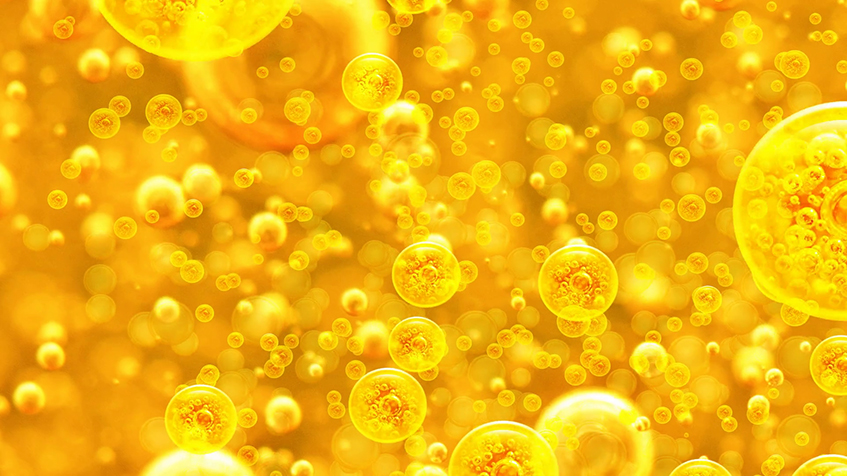
What is lubricant?
Lubricant is a blend of base oil and additives. Depending on the requirements and purpose of use, we will mix base oil and additives in different types and proportions.
Lubricants are substances used to control or reduce friction and wear between surfaces in relative motion. They come in various forms, including liquid (oil, water), solid (graphite, graphene), gaseous (air), or semisolid (grease). Classification of liquid lubricants includes synthetic, mineral, and environmentally acceptable (biodegradable) oils, often containing additives to enhance performance.
The choice of lubricant depends on the application, with synthetic oils preferred in extreme conditions and environmentally acceptable lubricants used in environmentally sensitive settings.
The evolution of lubricants dates back thousands of years, with early uses involving liquid lubricants for transporting heavy objects. The theoretical understanding of lubrication advanced with Sir Isaac Newton’s viscous flow laws and Professor Osborne Reynolds’ equation of thin film lubrication in 1687.
In the early 20th century, mineral oils, vegetable oils, and greases were primary lubricants, but the concept expanded to include solid lubricants, synthetic oils, water, and gas-based lubricants. This broader perspective led to a deeper understanding of lubricant performance and limitations.
Lubrication mechanisms aim to separate rough surfaces with a lubricant layer, minimizing direct contact and controlling friction and wear. Various types of lubricants include liquid, solid, gaseous, and semisolid forms, each serving specific purposes.
Liquid lubricants, crucial in lubrication theory, are classified into hydrocarbon base oils, natural oils and fats, non-hydrocarbon synthetic oils, and water-containing lubricants. Key properties influencing performance include viscosity and density, with viscosity determining film thickness and lubrication regime, and density having a smaller impact on the lubrication regime.

The main use of oil:
– Lubricating machine parts.
– Reduce wear and corrosion resistance.
– Clean the surface of components.
– Anti-rust.
– Heat dissipation, cooling.
– Heat transfer in heating.
– Preventing deposits when the machine is running.
– Filling and sealing …
So how many types of original oil does it contain?
Base oil includes 3 types:
1. Mineral oil:
– Basic protection
– Short time use
– Low cost
2. Semi-synthetic oil:
– Increased protection
– Prolonged use time
– Reasonable price
3. Synthetic oil:
– Outstanding protection
– Long using time.
– High price.
Depending on the needs and purpose of use, we will choose mineral oil, synthetic oil or synthetic oil.
